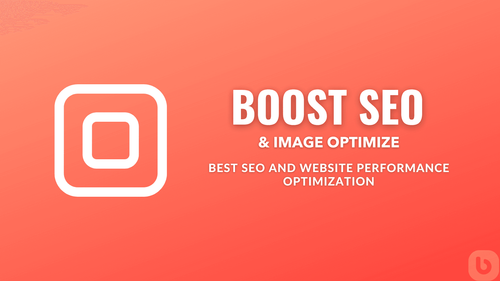Optimize Website Speed with Large Fonts: A Comprehensive Guide
Introduction
Website speed is a critical factor affecting user experience, search engine ranking, and overall performance. One often overlooked aspect hampering speed is the size of fonts used on the website. Recently, a case involving a Shopify store with a Largest Contentful Paint (LCP) issue due to a large font file size of 16 MB has come to light. This blog post aims to provide comprehensive strategies to optimize website speed specifically when dealing with large fonts.
Understanding the Problem
Large fonts can significantly affect your website's loading speed, particularly the Largest Contentful Paint (LCP), which is a key metric in Google's Core Web Vitals. LCP measures the time it takes for the largest visible element in the viewport to load. A large font file size can increase this time, leading to slower loading speeds and potentially driving visitors away.
Identifying Causes and Similar Issues
Several factors can cause large font file sizes, including:
- Extensive Character Sets: Fonts that include a wide range of characters, such as multiple languages or rare symbols, can bloat the file size.
- Multiple Weights and Styles: Using various font weights and styles (bold, italic, etc.) adds to the overall size.
- Unoptimized Font Formats: Some font formats are less efficient and result in larger file sizes.
Solution Strategies
To effectively reduce font file sizes and optimize website speed, consider the following strategies:
1. Reduce Font File Size
Font Subsetting: This involves including only the subset of characters that your website needs. By eliminating unnecessary characters, you can significantly reduce the file size. There are online tools and plugins available for font subsetting.
Font Compression Techniques: Utilizing formats like WOFF2 can substantially reduce the font file size without compromising quality. WOFF2 is widely supported by modern browsers.
Consider Alternative Fonts: Opting for lighter weight versions of your current fonts or choosing web fonts specifically designed for faster loading can also help. Explore options like Google Fonts that offer free fonts optimized for web use.
2. Optimize Font Delivery
Font Hosting Services: Using a Content Delivery Network (CDN) designed for fonts can ensure faster delivery by storing your fonts on multiple servers globally. This distribution helps in quicker loading times regardless of the visitor's location.
Preload Crucial Fonts: Use preload directives in your website's HTML to prioritize the loading of critical fonts. This can help in improving LCP by ensuring the necessary fonts are loaded first.
3. Additional Strategies for Website Speed
Image Optimization: Large image files can be another major contributor to slow loading times. Ensure that images are resized to appropriate dimensions and use formats and compression techniques to reduce file sizes without sacrificing quality.
Minify Code: Minifying HTML, CSS, and JavaScript files can remove unnecessary characters and whitespace, resulting in faster loading times.
Browser Caching: Enable browser caching to store frequently accessed files locally on the visitor's browser. This reduces the need to download them again on subsequent visits, enhancing loading speeds.
Implementing the Changes
To implement these strategies, follow these steps:
- Analyze Current Font Usage: Identify which fonts are being used on your website and determine their file sizes.
- Choose Optimization Techniques: Depending on your analysis, decide whether font subsetting, compression, or alternative fonts are necessary.
- Modify Webpages: Update your website's code to include preloading directives and link to optimized font files.
- Test for Performance: Use tools like Google PageSpeed Insights to monitor improvements in loading times and LCP.
Questions and Answers
Q: What is Font Subsetting, and how does it reduce file size?
A: Font subsetting involves using only the specific characters needed for your website, thereby reducing the overall file size. For instance, if your website only uses basic Latin characters, you can exclude other language sets.
Q: How does using a CDN help with font delivery?
A: A CDN stores your font files on multiple servers globally. This reduces the distance data must travel when being requested by the user's browser, resulting in faster font loading times.
Q: What are the advantages of using WOFF2 format?
A: WOFF2 is a highly efficient font format that significantly reduces file size while maintaining quality. It is widely supported by modern browsers, making it an excellent choice for web fonts.
Conclusion
Optimizing your website's speed when using large fonts involves multiple strategies, from reducing file sizes through subsetting and compression to optimizing delivery via CDNs and preloading. Implementing these changes can improve your site's LCP and overall user experience, leading to higher engagement and better performance in search engine rankings. If you need further assistance, consider reaching out to a Shopify expert for personalized support.
By following this guide, you can ensure your Shopify store remains fast and efficient, providing a seamless experience for all visitors.




